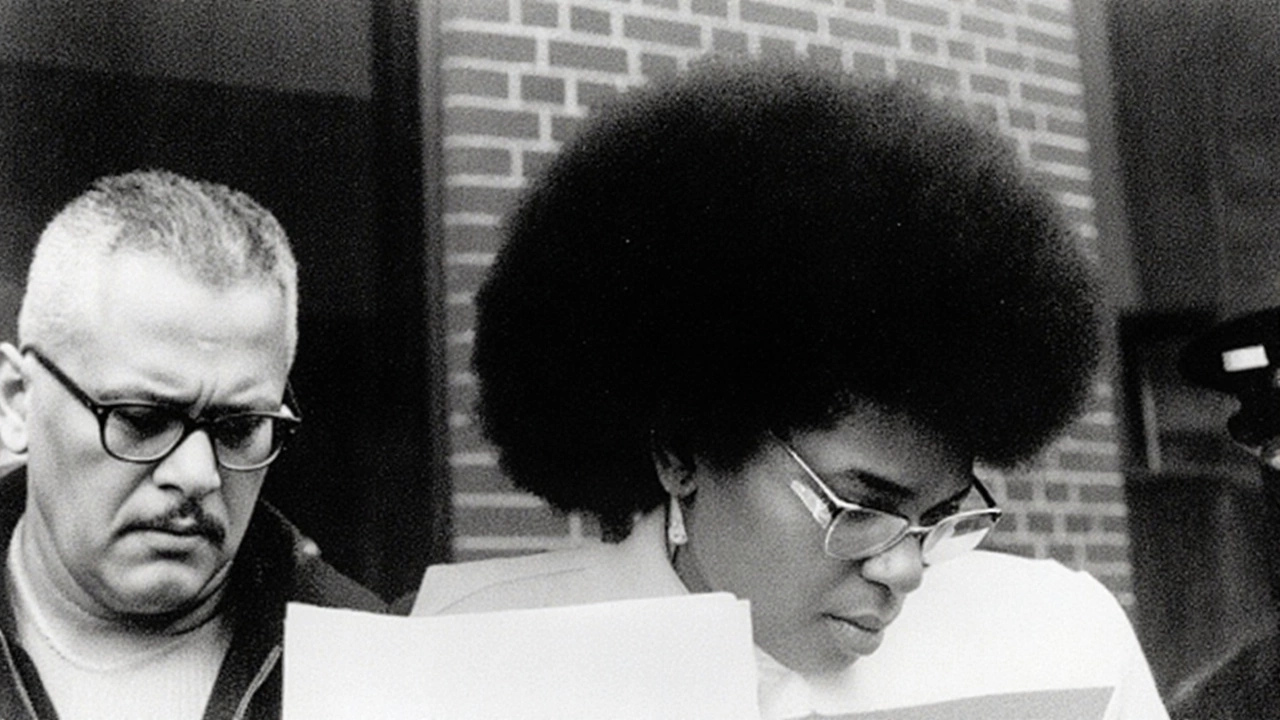Cuba Motorsport: What You Need to Know Before You Go
If you love fast cars and the sound of engines, Cuba might surprise you. The island has a growing motorsport community that mixes classic car culture with new racing events. You don’t have to be a pro driver to enjoy it – just an interest in speed and a willingness to explore. Below we break down the basics, from the history that shaped Cuban racing to the tracks you can actually visit.
Cuban Racing History in a Few Minutes
Motor racing in Cuba started in the 1950s when American cars were common on the road. Wealthy locals modified those cars for drag races on the outskirts of Havana. After the revolution, racing went underground because the government focused on public transport and agriculture. In the 1990s, a small group of enthusiasts revived the sport, using older American and Soviet cars. Today, these vintage rides are a big part of the scene, and they draw tourists who love retro racing vibes.
Unlike Europe, Cuba doesn’t have a single, purpose‑built circuit that rivals the likes of Silverstone. Instead, the country uses street circuits and improvised tracks. The most famous is the Havana Street Circuit, which runs through historic neighborhoods and offers a unique blend of culture and speed. The track’s tight corners and cobblestones test driver skill and make for exciting viewing.
Top Tracks & Events You Can Visit
When planning a motorsport trip, start with the Havana Street Circuit. Races usually happen on weekends in the cooler months (November to March), so you’ll avoid the heat. The event is free to watch, and you’ll get a chance to see both classic American muscle cars and modern Cuban builds.
Another spot worth a look is the Santiago de Cuba Drag Strip. This is a straight, 1‑kilometer strip where locals test acceleration. The races are informal, but the atmosphere is friendly. Bring cash for small food stalls and you’ll get a taste of Cuban hospitality.
If you prefer a more organized experience, the “Cuba Classic Car Rally” runs every summer. It’s a cross‑country rally that starts in Havana and ends in Camagüey, covering diverse terrain. While you probably won’t drive in the rally, you can watch the start line and meet racers who share stories about how they keep these old cars running.
For a hands‑on feel, a few driving schools in Havana offer short courses on handling classic cars. You’ll learn how to shift a manual gearbox, manage a carburetor, and even do basic maintenance. The lessons are cheap, last a few hours, and give you a deeper appreciation for the machines.
Finally, keep an eye on local social media groups. Cuban racers post updates about pop‑up events, night runs, and community meet‑ups. Joining these groups can give you insider tips and help you avoid tourist traps.
Whether you’re watching a race from the sidelines or hopping behind the wheel for a short lesson, Cuba’s motorsport scene offers a raw, authentic experience. It’s not about big budgets or fancy tech – it’s about passion, history, and the love of the open road. Pack your curiosity, bring a bit of cash, and get ready to feel the rumble of engines echoing through Havana’s streets.
Assata Shakur Dies in Cuba at 78, Ending 45‑Year Fugitive Chase
Cuban officials announced the death of former Black Liberation Army member Assata Shakur at age 78. Her 1979 prison break, decades‑long asylum in Havana, and 2013 addition to the FBI's Most Wanted Terrorists list made her a flashpoint in U.S.–Cuba relations. The news closes a 45‑year manhunt that began after a 1973 shootout on the New Jersey Turnpike.



